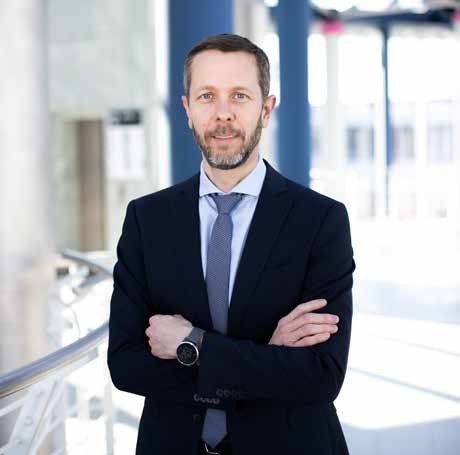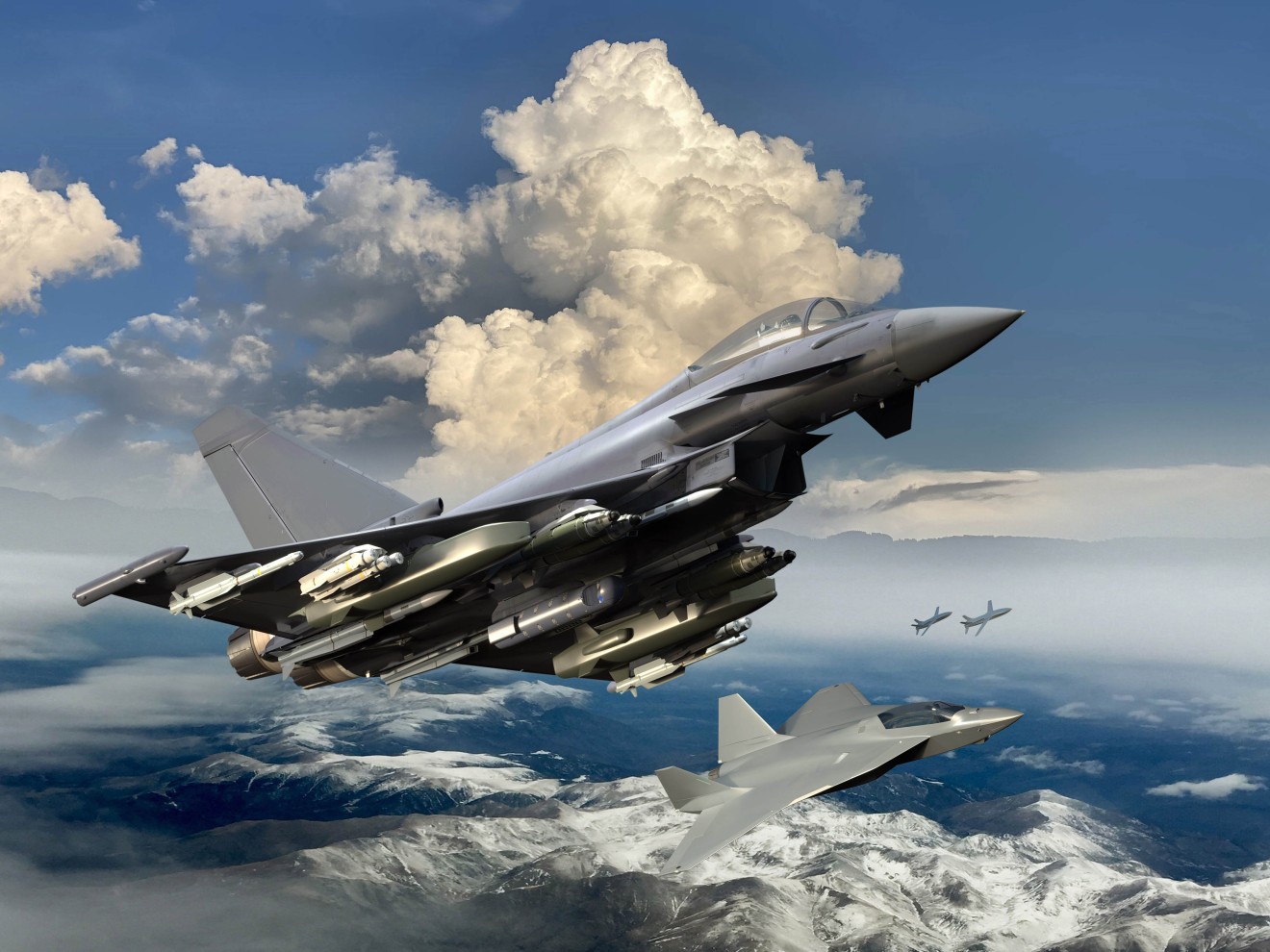
How important is the Long-Term Evolution (LTE) Study in the history of Eurofighter?
The Long-Term Evolution (LTE) Study represents a revolution for Eurofighter Typhoon. It's not about adding new software capabilities, it's a redesign of the aircraft for the next 40 years. It’s a whole new chapter for Eurofighter.
What is the current situation?
The LTE Study period started in 2019 and is due to be completed by the end of this year. This phase has given the nations time to decide and agree on the direction they want to go. What’s clear is that the changing geopolitical situation has meant everyone is looking at their challenges and requirements with real urgency. The study will lead to an agreement with the customer about what to focus on during the Technology Maturation Phase which will be carried out over the next three years.
What will happen in the Technology Maturation Phase?
The aim of the maturation work is to de-risk and mature the required technologies before the final decision is taken on the exact configuration of an LTE Eurofighter. All the key technologies, including cockpit, the avionics solution, as well as a series of basic technology enablers will be matured in the most enriching environment, potentially up to flight testing.
What are the key changes we will see?
Shaping an answer to that is what this work is all about. We are designing an aircraft today which will have to be mission proof for 40 years and that is a big task. You need to make sure that what you are designing is good for the job that Eurofighter needs to do. And when you are looking so far into the future even identifying the true needs for the weapon system within a system of systems is a challenge in itself. Plus we are not going to draw on a blank sheet.
How will the LTE Eurofighter fit with FCAS or Tempest?
LTE will be a bridge to the respective future combat air systems – and be available between five and ten years earlier than they are. The teams working on LTE and the future combat air systems will be thinking about taking advantage of precisely the same technologies — around the same kinds of themes: processing, artificial intelligence, cyber resilience, communication, and rapid capability, or technology insertion. For Eurofighter it’s about having much more powerful and agile architectures.
What role will Eurofighter have in the system of systems?
We are working to a number of key operational scenarios which have been set by the nations. These give us a set of parameters about what they expect and what they need Eurofighter to be. We know that Eurofighter will not be a Day One weapon — it’s not stealthy — but it will be in a contested environment and it will be capable of performing several roles.
What are the key attributes the Eurofighter LTE will need?
Everything will be data driven and data hungry. So, the short answer is processing power. Eurofighter LTE will host top class sensors, starting from the new electronic scan radars, and will want to maximize their content by elaborating and fusing data provided by all the sources. As an example, a pilot will need to receive radar images from his own or other aircraft in real time, to receive targeting information in real time and will need to be connected in a network.
All this information will need to be processed, fused, and presented in the optimum manner to the pilot. It will require high speed data networks to ensure the bandwidth availability for the data transmission from pods and antennas, shear processing power and a state-of-the-art cockpit. Operational flexibility, further increasing Eurofighter’s swing role capabilities’ will be part of LTE, too.
What are the main challenges?
Some of the technologies we are looking at are currently very immature in terms of their readiness level but we need to look at them because we want to be able to future proof the LTE aircraft as much as possible. As ever, there is a balance to be found here. We are talking about maturing technologies, potentially up to flight testing within three years. To do it in this time frame is ambitious and will require a significant reshaping of the organisational model, as well as in the processes. What we need to do is ensure that in all the areas – avionics, cockpit, airframe, aerodynamics — we introduce something which is valuable for the customers for the next 40 years.
